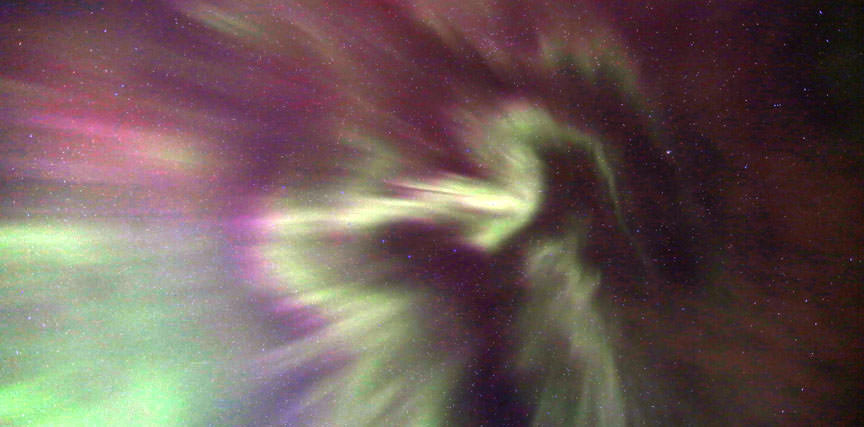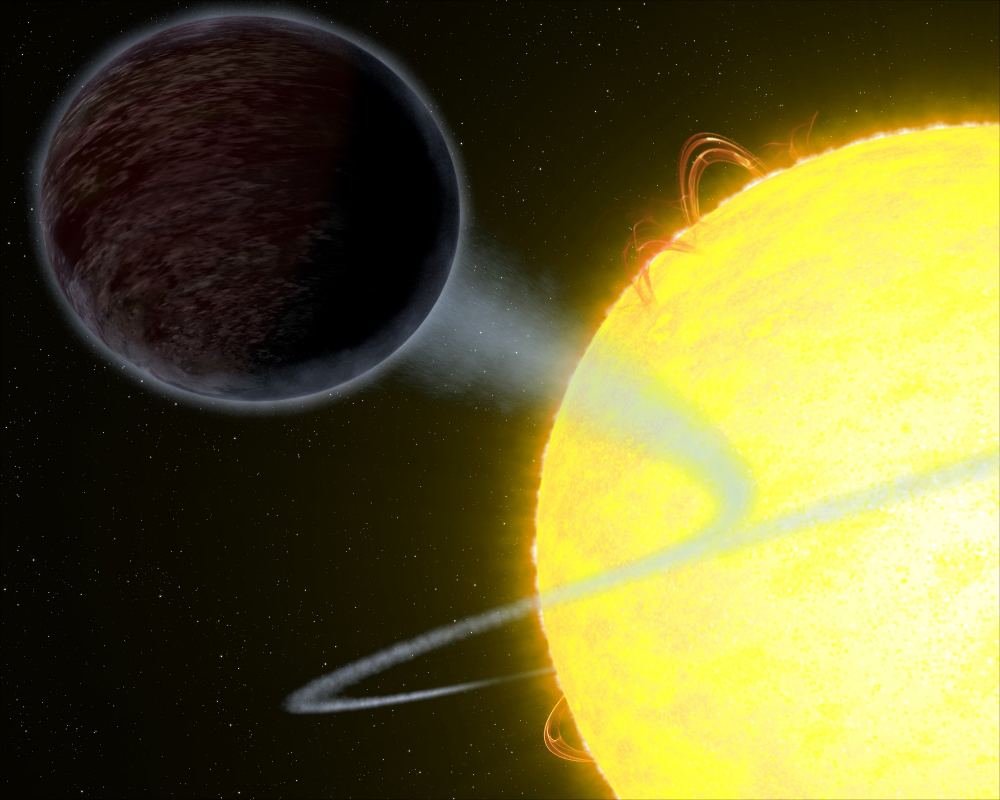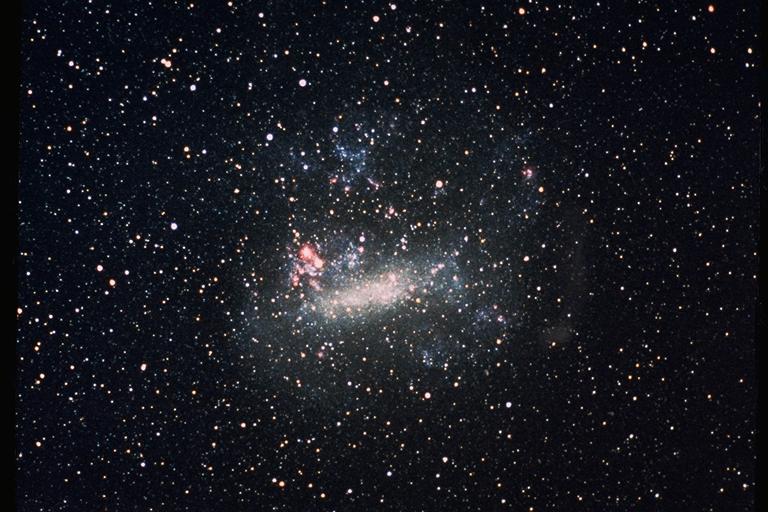We already know that water has existed on the surface of Mars but for how long? Curiosity has been searching for evidence for the long term presence of water on Mars and now, a team of researchers think they have found it. The rover has been exploring the Gale Crater and found it contains high concentrations of Manganese. The mineral doesn’t form easily on Mars so the team think it may have formed as deposits in an ancient lake. It is interesting too that life on Earth helps the formation of Manganese so its presence on Mars is a mystery.
Continue reading “These Rocks Formed in an Ancient Lake on Mars”These Rocks Formed in an Ancient Lake on Mars










